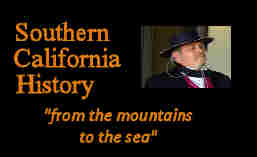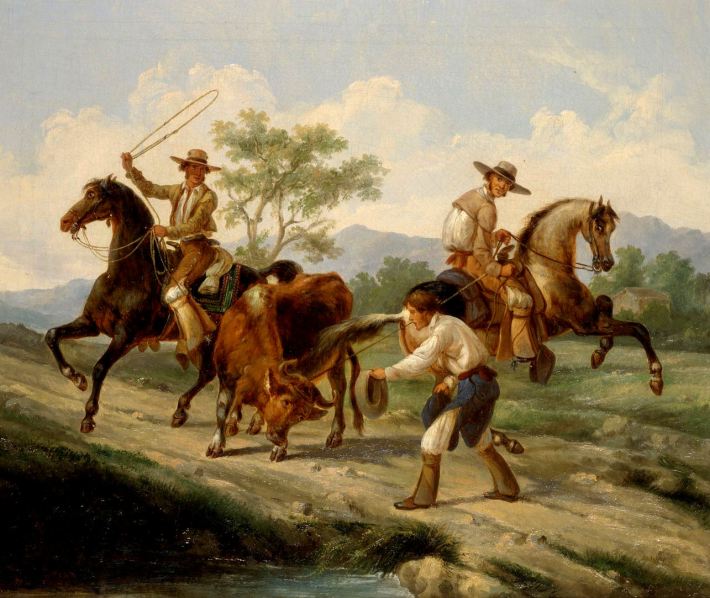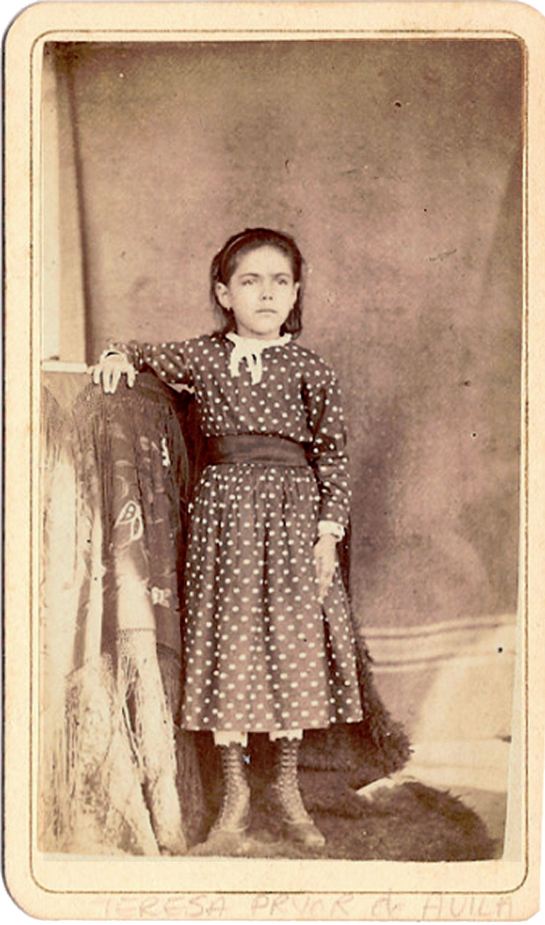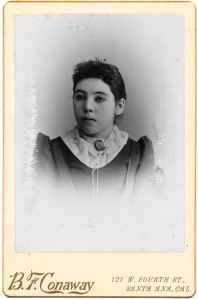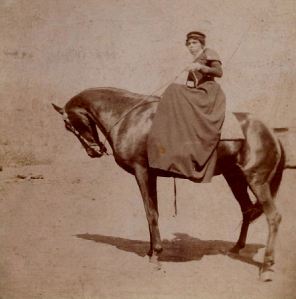My gr.-gr.great grandfather, Nathaniel Pryor arriving in 1828, was one of the first United States citizens to come to California by land. Already at the young age of twenty-two, Nathaniel Pryor was an experienced fur trapper-trader, Indian fighter, explorer, and copper mine worker. The Mexican authorities in San Diego were suspicious of Pryor and his companions, led by Sylvester Pattie, and jailed them upon their arrival. The older Pattie died there, but his son, James and others left California, while three others, including my gr.-gr.-great grandfather stayed on. Nathaniel, so the story goes, traded his way into respectability by repairing the silver candlesticks of the mission and gained the nickname “El Platero” (the silversmith). Moving up to the little pueblo of Los Angeles and lived with the Portuguese, Jose Antonio Rocha, at his adobe on Spring Street. Rocha, a sailor, had jumped ship in 1815 at Monterey, and moved to Los Angeles to open a blacksmith shop, became a noted citizen and was later granted Rancho La Brea.
Nathaniel Pryor converted to Catholicism and learned Spanish, the requirements for being a California citizen. On January 20, 1836, he was officially baptized at the old plaza church of Los Angeles, and took the Spanish names Miguel Luis. His registered sponsors or godparents were Maria Ignacia Avila (Abila) and Jean-Louis Vignes.

Jean-Louis Vignes
UCLA Charles E. Young Research Library Department of Special Collections
Vignes is well known to those interested in California wines, as he was the first to import Vitis vinifera, the Old World grapes from Bordeaux which form the basis of the majority of wines produced around the world. All of the familiar wine varieties belong to Vitis vinifera, which is cultivated on every continent except for Antarctica, and in all the major wine regions of the world. Vignes’ vines were shipped around Cape Horn, preserved in moss and slices of potato.
In his book, Sixty Years in Southern California, Harris Newmark writes of Nathaniel Pryor, “His property, in part a vineyard, included what is now Commercial Street to First Streets and possibly from Los Angeles Street to the river.”

In this old photograph of an accurate model of Los Angeles in 1850, you can distinctly make out the large tracts of vineyards (in green) to the lower right leading to the Los Angeles River.
My gr.-gr.-great grandfather, Nathaniel Pryor, and Jean Louis Vignes were friends and co-workers in the Los Angeles vineyards. Their fifteen year long close association is attested to by the record of Nathaniel’s baptism and the appearance of Vignes again as witness at Nathaniel’s second marriage in 1848.
Stephen Foster, one-time mayor of Los Angeles, knew Nathaniel Miguel Pryor from 1847 until Pryor’s death in 1850. Some many years later, Foster addressed the Historical. Society Of Los Angeles and spoke about his memories of Pryor. He also presented the Society with a beaver trap given to him by Pryor. The trap had been used by Nathaniel Miguel back in 1827-1828 while he was trapping on the Gila and Colorado rivers. Although a great relic in itself, the trap was rare, said Foster because when Pryor had gotten involved in the vineyard business, it was discovered that the steel springs had just the right shape to be forged into pruning knives.
Vignes built his empire of California wines to the point of owning some 40,000 vines which produced 150,000 bottles or 1000 barrels per year. By 1855, he had grown to old to oversee the vineyards, however, and sold “El Aliso”, which he called his property, to his nephews Pierre and Jean-Louis Sainsevain for $40,000, the largest sum of money ever paid for real estate in California at the time. The El Aliso vintages were marketed and sold in Santa Barbara, Monterey, and San Francisco.

El Aliso winery circa 1850
Jean-Louis Vignes died in Los Angeles on January 17, 1862, at the age of 82. He is buried in Section C, Lot 6978 of the Evergreen Cemetery in Los Angeles.
